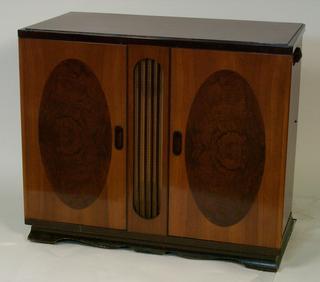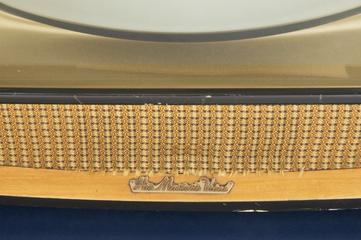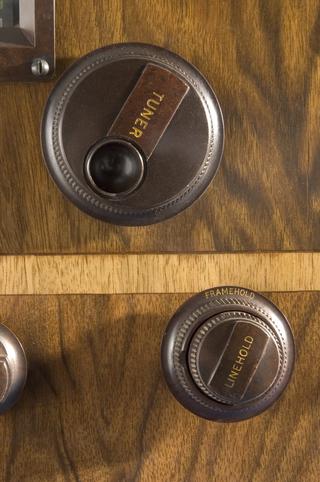
Pye B16T television receiver
1946-1948

1946-1948

2013

1951

1952

circa 1956

circa 1959

circa 1949

1938

1939

1944-1948

1949-1950

1968-1970

1700-1799

1700-1799
1700-1799
1986
1952-1953
1890-1930
1880-1910
circa 1955
1815-1825
1948
1909-1938
1915-1925
1937
1937
1938-1939
1890-1920
1949-50
1862
1877-1878
circa 1955
1948-1949
1938
1950-1959
1949
1936-1937
1949